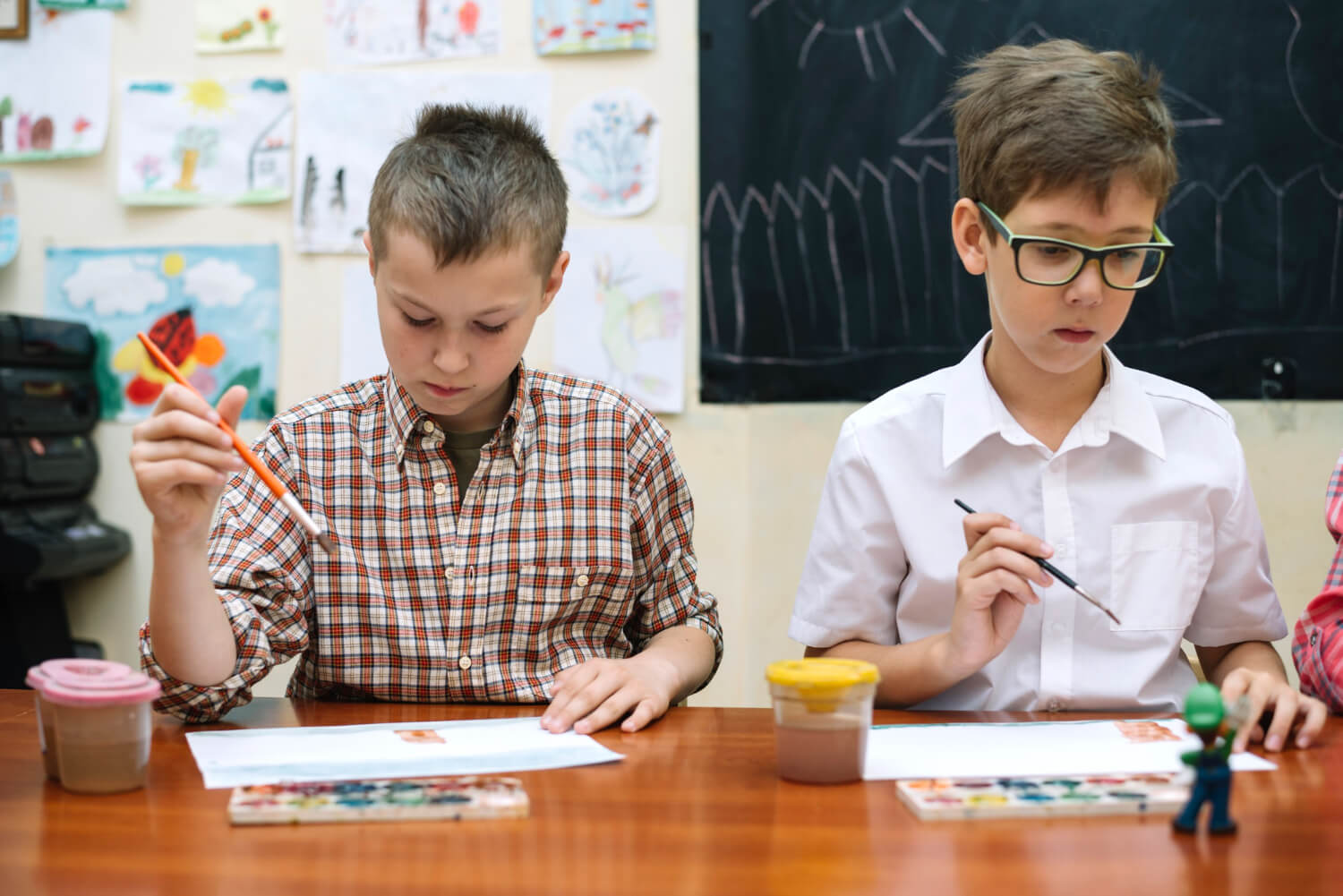Integrating arts into STEM education has shown to enrich students’ learning experiences by fostering creativity alongside analytical skills. However, incorporating arts into science, technology, engineering, and mathematics classes isn’t without its challenges. Teachers face several hurdles that can make this integration a tricky process. Here, we explore some of these challenges and discuss ways schools and educators can overcome them.
Confidence in Teaching Art
One major challenge teachers face is the lack of confidence in their ability to teach arts. Most STEM teachers specialize in their specific scientific fields and might feel out of depth when asked to teach or incorporate art concepts. This can make integrating arts seem daunting.
To address this issue, schools can provide professional development opportunities specifically focused on the arts. Workshops and training sessions can be immensely helpful. They can introduce STEM teachers to basic art techniques and show how these can be applied to enhance STEM lessons. For example, a workshop might teach a biology teacher how to guide students in creating detailed sketches of cells or plants, which can aid in understanding biological structures.
Time Constraints
Another significant challenge is finding time for art projects in an already packed STEM curriculum. School schedules are often tightly packed with core academic subjects, and finding additional time for creative projects can seem nearly impossible.
Schools can tackle this by reevaluating and reorganizing their schedules. Perhaps they could integrate art projects into existing STEM lessons rather than treating them as separate entities. For instance, during a lesson on geometric shapes, students could engage in a hands-on activity like creating sculptures. This makes learning about angles and dimensions more interactive and fun without requiring additional class time.
Resource Limitations
Many schools operate on limited budgets, which can restrict the availability of materials for art projects. Art supplies can be expensive, and not all schools can afford to stock paints, brushes, clay, and other materials needed for a fully integrated STEAM curriculum.
However, creativity doesn’t have to be expensive. Teachers can use recycled materials or digital applications that cost little to nothing. For example, students can use old newspapers or magazines for collage projects or free online tools for digital art projects that relate to their STEM subjects. This approach not only solves the budget issue but also teaches students to be resourceful and innovative with limited resources.
Curriculum Integration
Integrating arts into the STEM curriculum in a way that feels seamless and purposeful can be challenging. It requires careful planning and a clear understanding of how arts can enhance STEM learning.
Teachers can start by identifying the natural overlaps between STEM subjects and the arts. For instance, math and music are closely related through concepts like rhythm and scales, which can be explored together. Science and art overlap in fields like environmental science, where students can create visual representations of ecological systems or human impacts on nature.
Assessment Methods
Traditional assessment methods may not effectively measure the success of arts-integrated projects. Standardized tests are less capable of assessing creative thinking and interdisciplinary understanding.
Schools might need to develop new assessment strategies to evaluate both the artistic process and the scientific understanding in such projects. These assessments could focus more on student portfolios, presentations, and project-based evaluations rather than standard tests. This shift can better reflect students’ learning and skills in an integrated STEAM environment.
Student Engagement
While many students may thrive with more creative projects, some might resist due to a preference for more structured learning environments typical of traditional STEM classes. This resistance can be challenging for teachers trying to implement a new teaching style.
To engage all students, teachers can provide options for how to complete projects or allow students to choose which aspects of art they want to integrate into their STEM learning. This choice can make students feel more in control and open to exploring creative approaches to learning.
Integrating arts into STEM education presents several challenges, but these can be overcome with thoughtful planning, resourcefulness, and support from the entire educational community. By training teachers, reorganizing schedules, using inexpensive resources, designing an integrated curriculum, and developing new assessment methods, schools can successfully blend arts with STEM.
This integration not only enhances the learning experience but also prepares students with a more holistic set of skills for their future careers. With commitment and creativity, the merging of arts and STEM can transform traditional education into a vibrant, engaging, and comprehensive learning environment.
